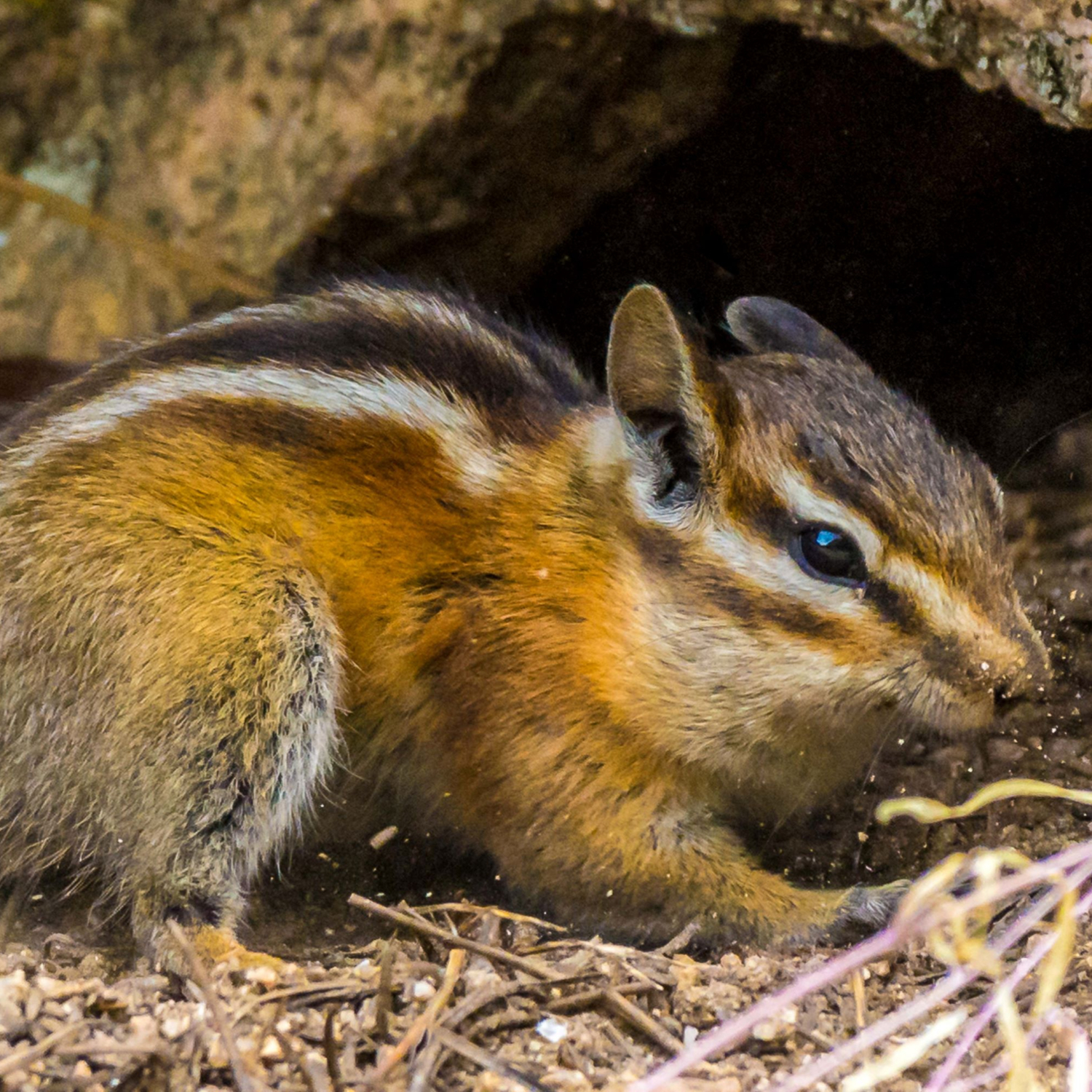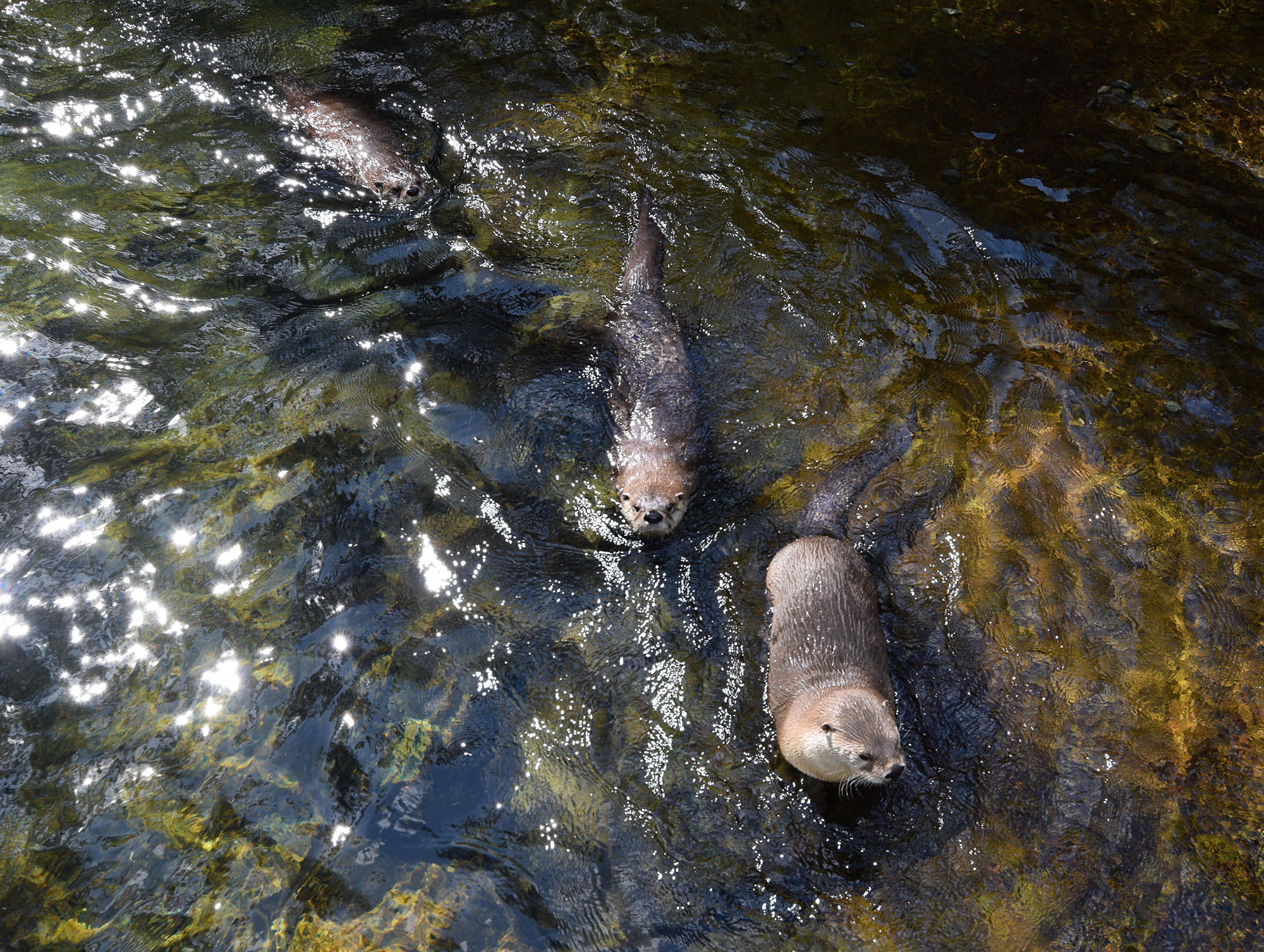Mammals Laboratory & Media Piece


Mammals Objective:
Learn about mammals and construct a mini guide that you could use at a zoo, on a field excursion, or to teach others about mammals.
Reminder: This week’s lab is a 50-minute activity (instead of one hour and 50 minutes). This is a scheduling adjustment to match years when we do not have a full lab due to observing the rotating date for Veteran’s Day.
Mammal characterics were introduced as part of the weather page in last week’s Short-Term Guide.
Mammals Media Piece Assignment
Mammals Guide
So far in the course you have had the opportunity to make media pieces about a variety of organisms. The point has been to learn while making materials that you could re-visit and re-use in the future, or even potentially use to teach others. This media piece has the explicit purpose to learning about mammals and demonstrating your knowledge by constructing a mini-guide about mammalian characteristics.
Include in your mini mammal guide:
-
Characteristics that all mammals share that distinguish them from other vertebrate animals.
-
An idea of the range of organisms that are classified as mammals. For example, sketches or captioned photos of different mammals.
-
Examples of physical evidence used to study mammals, such as hair, horns/antlers, and/or tracks. For example, sketches of tracks that would distinguish between a dog or cat, or a captioned photo of different animal furs.
-
Detailed examination, including interesting characteristics and representative organisms, of a mammalian group of your choice. This could include mammalian pets.
Upload your completed mammal guide to Canvas. This could be an excellent addition to your final portfolio, possibly as a Biology Connection since this is a guide you could use on a field trip or to teach others.

Work Ahead
If you would like to work ahead or do some of the work outside of the laboratory, we will get you started here.
If you see squirrels around campus, have a mammalian pet, or make a trip to a local pet shop, you can start making media before lab. The resources below may also help.
Mammalian Characteristics
This video provides an overview of mammalian characteristics.
Ungulates
The majority of large terrestrial herbivores are ungulates.
Match these tracks to the correct ungulate.

Zebra
Giraffe (and Mark)
In these videos from a safari park, try to identify different families of ungulates.
Many ungulates have antlers or horns. Find out the difference in this video.
Carnivoras
Carnivoras (formally called Carnivorans) are an order of mammals that primarily eat flesh. This is often confused with the functional group “carnivore” which means any organism that eats an herbivore, like a spider eating a bee, or a human eating a “carnivore pizza” with sausage and pepperoni on it. “Carnivoras” is just referring to an ancestrally related group of mammals, and some of them do not just eat meat, like panda bears.
This video introduces the bears of Family Ursidae.
Bears have been in the news with the National Park Service’s annual “Fat/Healthy Bear Contest.”

Polar bear, koala bear, panda bear; which one isn’t really a bear?
Koala “bears” are actually marsupials, not bears. They have different ancestry and structural features.
Side note, the Smithsonian National Zoo, has two new pandas that will be on webcams starting January 2025. In the mean time, you can visit the two new pandas at the San Diego Zoo.
Continuing the idea that toys can teach real information, this video introduces otters before we watch the real animals in action.

As you watch the next river otter videos, watch for various animal characteristics as well as characteristics specific to otters.
Video was taken at the High Desert Museum.
All otters have a long weasel-like slim body that glides through water. These river otters demonstrate aquatic movement.
River otters also move well on land. Watch their response to a passing stroller.
River otters are known to be highly inquisitive and can quickly learn to “entertain” people as this otter demonstrates. Otters require significant stimulation in captivity or they engage in destructive behaviors.

